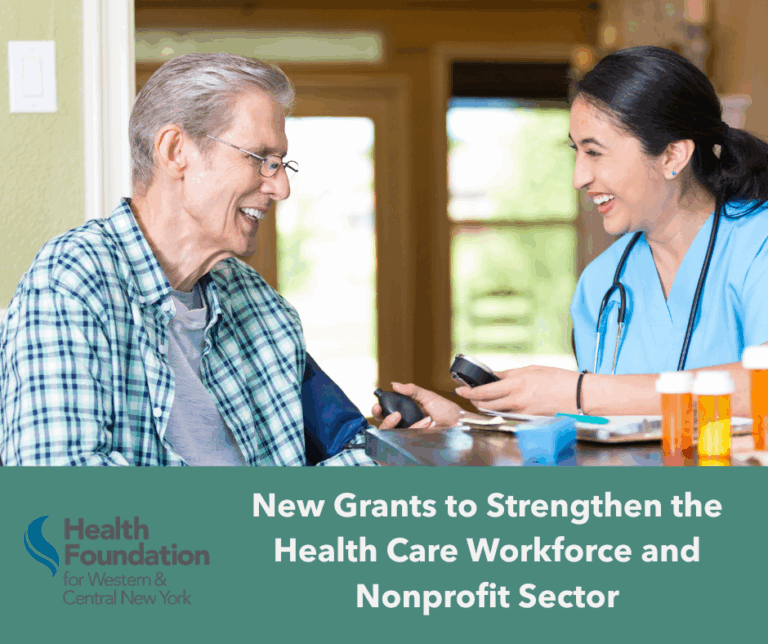 A growing number of U.S. mothers are turning to midwives for prenatal care, labor and birth. And current research may tell us why – it shows that the midwifery model translates to substantial benefits in both maternal and infant health. Findings indicate that women who are cared for by midwives have fewer preterm births, less medical interventions, reduced labor inductions, lower use of regional anesthesia, decreased rates of cesarean birth and a 50% reduction in delivery cost.
A growing number of U.S. mothers are turning to midwives for prenatal care, labor and birth. And current research may tell us why – it shows that the midwifery model translates to substantial benefits in both maternal and infant health. Findings indicate that women who are cared for by midwives have fewer preterm births, less medical interventions, reduced labor inductions, lower use of regional anesthesia, decreased rates of cesarean birth and a 50% reduction in delivery cost.
In fact, when a woman receives midwife care during pregnancy or birth, she has a 33 % lower risk of miscarriage, 19% lower risk of infant death and 31% lower risk of having a baby with low birth weight.
The number of mothers opting for midwives over obstetricians is increasing: Since 1989, the percentage of certified nurse midwife-attended births has risen nearly every year. In 2014, nurse midwives attended 8.3% of hospital births, an 11% increase since 2005.
To expand the number of women who can receive this type of care, the Health Foundation began a new program in 2011 to increase access to midwifery services for low-income women in our regions. Through this program, we provide funding and expert assistance to midwifery or collaborative OB-GYN midwifery practices to improve their ability to provide low-income women with prenatal, obstetrical and well-woman care. We also help these practices develop sustainable business models so that they can continue offering care to low-income women.
In March 2015, OB-GYN & Midwifery Associates of Ithaca, formerly OB-GYN Associates of Ithaca, was one of 11 grantee partners we funded to expand and improve their midwife practice.
Per capita, Tompkins County has the highest number of licensed midwives in central New York, and midwifery is a practice that has long been supported by the Ithaca community. OB-GYN & Midwifery Associates of Ithaca was the pioneer in offering midwife care to the community, as the practice was the first to add a midwife to the staff more than 20 years ago.
 Steven Gelber, M.D., an obstetrician and gynecologist with the practice, has always been an advocate for incorporating midwifery into OB-GYN care. During his education, Gelber trained with a midwife and saw the high quality of care midwives provide, and understands how the Ithaca community is one that embraces midwifery care. “Ithaca is a college town blended with a lower-income community, allowing midwifery to be the fabric of our practice,” says Gelber.
Steven Gelber, M.D., an obstetrician and gynecologist with the practice, has always been an advocate for incorporating midwifery into OB-GYN care. During his education, Gelber trained with a midwife and saw the high quality of care midwives provide, and understands how the Ithaca community is one that embraces midwifery care. “Ithaca is a college town blended with a lower-income community, allowing midwifery to be the fabric of our practice,” says Gelber.
“We wanted to spotlight midwifery and make it more independent from traditional OB-GYN services, and we were looking towards the grant for ways to improve. You tend not to do that when you are in the day to day grind,” said Gelber.
Lisa Benedetto, MS, CNM, is the midwife who championed and led the grant project for the practice.
“This grant certainly wasn’t intended to increase visibility and knowledge about what midwifery is, as we were already known to the Ithaca community and were seen as a positive. What we needed was to internally strengthen our practice, to increase communication and to improve teamwork,” Benedetto said.
Now staffed with four midwives, in 2015 OB-GYN Associates was the only midwife group, outside of home birth midwife practitioners in the community, serving Ithaca and the surrounding area. The demand for midwife care within the practice has steadily increased, with approximately 40-50% of the practices’ patients being seen by their midwives.
As part of the grant, work started with a practice assessment led by Barbara Hughes, CNM and president and CEO of Wilson Hughes Consulting, in key areas of culture, operations and leadership, as well as a SWOT analysis targeting marketing and branding, data collection and communications, outreach and strategic partnerships, leadership capacity and midwifery recruitment.
During the assessment, everyone achieved a greater awareness of their organization’s strengths, weaknesses and threats.
“Through Barbara’s guidance and consultation, the practice assessment identified strengths, challenges and recommendations in many areas. It was nice to have an outsider come in and see and feel our practice, as we tend to get into our daily habits,” Benedetto said.
Though improvements were made to processes like the flow of medical records and appointment policies, not all changes were major. Benedetto noted that some of Hughes observations, such as bulletin boards that were too crowded, too many signs posted and scattered magazines and pamphlets in the waiting room were easily fixed, creating a more refreshed look and positive first appearance in the lobby.
Following this assessment, Hughes then facilitated the development of a business plan for each organization.
“We have a culture where midwifery is embraced by everyone from physicians to front-line staff. We have a very collaborative practice and we knew this would strengthen the practice, “Benedetto explained.
It was during this time that the practice decided one of its main priorities was to rebrand their practice by incorporating “midwifery” into the practice name. Renamed OB-GYN & Midwifery Associates of Ithaca in November 2015, the rebranding included revising the practice website to include messaging about midwifery, developing a new logo, changing signage as well as practice communications.
“The business development plan provided us with a document from which to work from, and enhanced our understanding of and ability to market midwifery services with a focus on establishing our brand and customized communications,” Benedetto said.
The practice also actively worked to recruit an additional midwife, and to identify strategic partnerships that would lead to increased midwifery services to low-income women in the community. Committing to visit one new potential partner each month, OB-GYN & Midwifery Associates has met with drug and alcohol programs, Planned Parenthood and student health centers.
During the final phase of the grant, organizations continued to work through their business plan with the support and periodic advice of Hughes and the Health Foundation.
Many grantees used this as an opportunity to attend learning sessions the Health Foundation offered, or personal one-on-one training for a more in-depth review of billing and coding procedures. A major component focused on building organizational capacity through practice retreats often aimed at strategic collaboration and leveraging individual strengths to build the collective capacity of the practice.
“The staff development day helped staff feel more involved and included in the practice, and it has helped all of us connect more to the mission. It taught us to look inward as to why we are there as a person and how each of us fits into the practice. It really inspired all of us,” Benedetto said.
She added that the midwifery staff learned to work more closely as a team, and the process has internally strengthened the midwife practice by improving team work and communication. “There is less stress when we are busy because we are much more proud to be a part of this team and this practice,” said Benedetto.
As our work with the organizations comes to a close, an independent evaluation shows that low birth weight and premature birth rate for their respective practices are nearly half that of regional and national averages.
For OB-GYN & Midwifery Associates of Ithaca, the number of Medicaid patients served in their practice has increased throughout the duration of the grant period, with nearly half making up their payer mix. Forty seven percent of the practices’ low-income patients are being seen by Certified Nurse Midwives.
“There are no drawbacks and many benefits to engaging with midwives when forming a model of care. An essential part of our health care team, I hope that by spotlighting midwifery we will continue to elevate the high quality of care midwives provide,” Gelber said.



